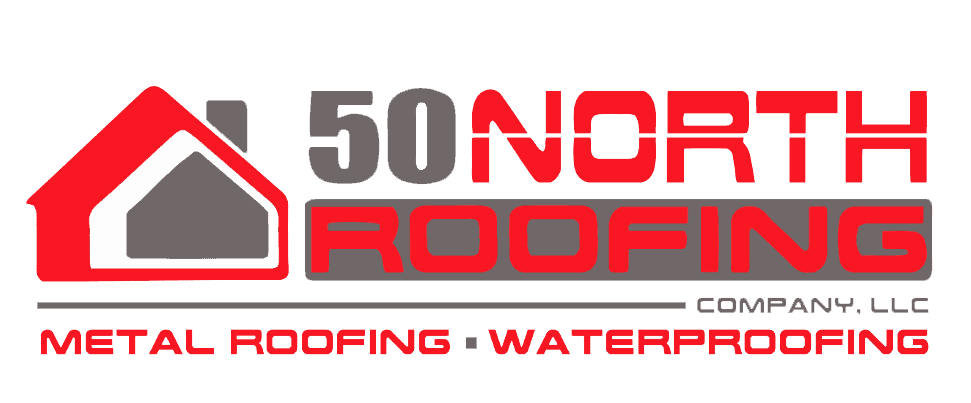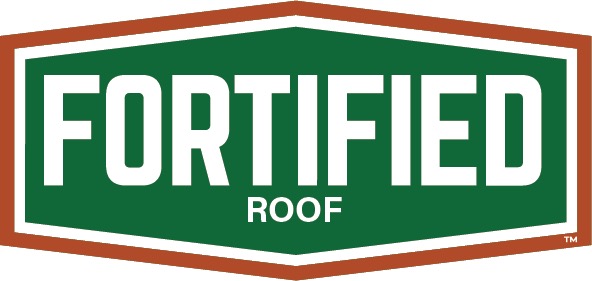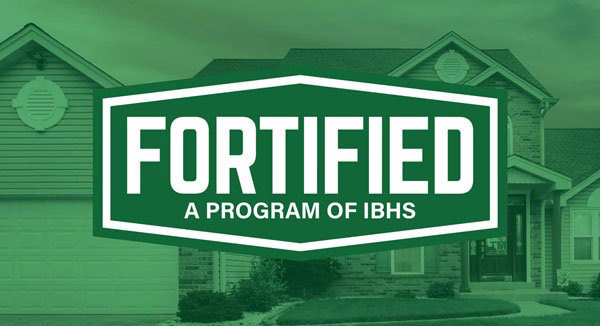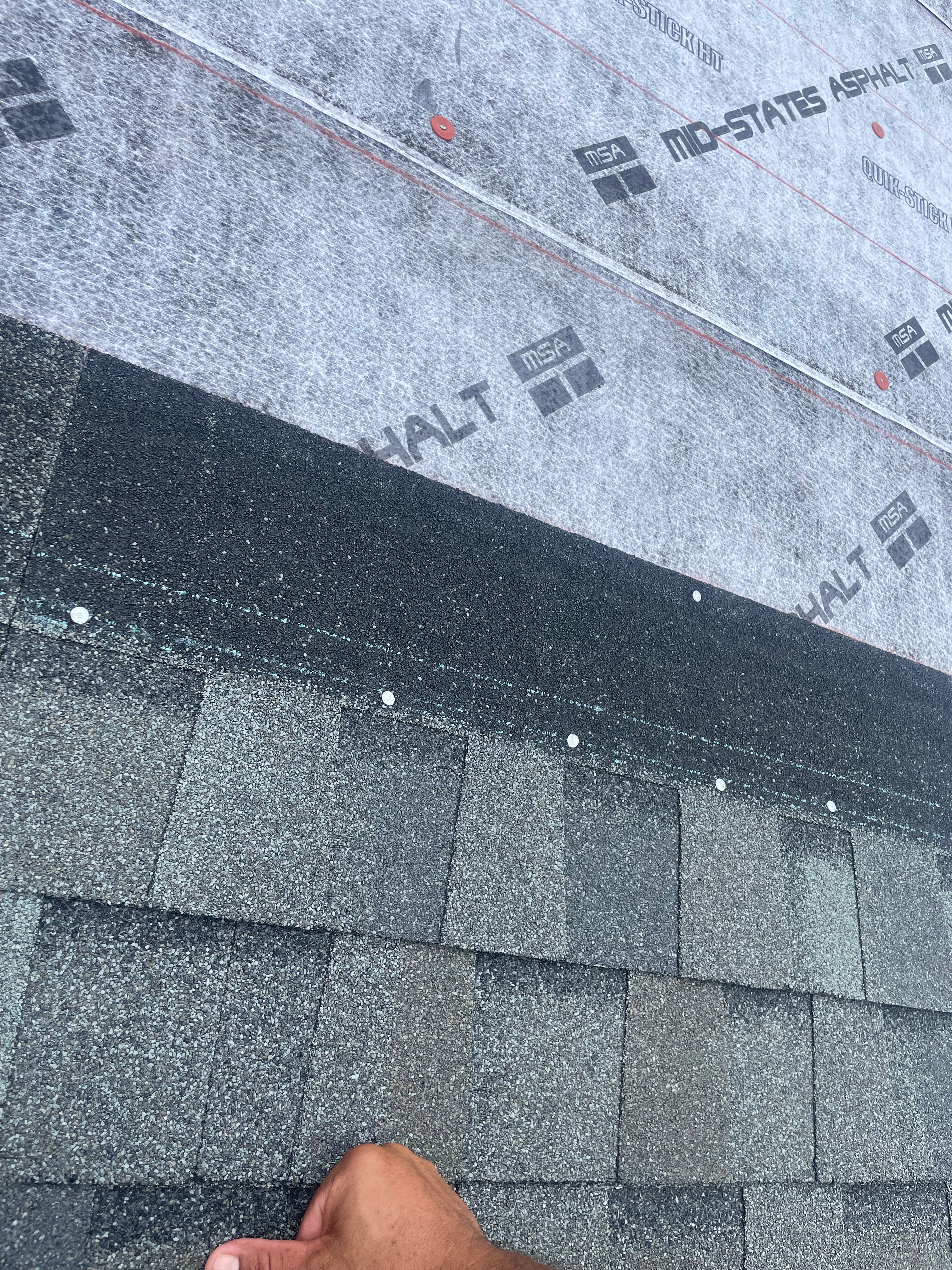What is a Fortified Roof and What Are the Benefits?
As homeowners become more aware of the risks posed by extreme weather, protecting their homes from severe storms, hurricanes, and high winds has become a top priority. One of the most effective ways to safeguard your home is by upgrading to a FORTIFIED Roof™. A FORTIFIED Roof™ goes beyond traditional roofing systems to provide enhanced protection against the elements, ensuring that your home can withstand the forces of nature.
But what exactly is a FORTIFIED Roof™, and why should every homeowner consider upgrading to meet FORTIFIED Home™ standards? In this article, we will explore the concept of a FORTIFIED Roof™, explain how it differs from a standard roof, and highlight the many benefits it offers in terms of safety, durability, cost savings, and long-term protection.
1: What is a Fortified Roof?
A FORTIFIED Roof™ refers to a roofing system that meets specific standards set by the Insurance Institute for Business & Home Safety (IBHS) through their FORTIFIED Home™ program. This program focuses on creating roofing systems that are far more resilient to the damaging effects of hurricanes, strong winds, and severe weather compared to traditional roofs.
The FORTIFIED Home™ program offers three distinct levels of protection: FORTIFIED Roof™, FORTIFIED Silver™, and FORTIFIED Gold™, each building upon the previous level to provide greater protection to the home. The FORTIFIED Roof™ level focuses specifically on upgrading the roofing system to withstand high winds and prevent water intrusion, which is critical in protecting the overall structure of the home.
1.1. Understanding Fortified Standards
FORTIFIED Roof™ standards exceed traditional building codes, which typically only ensure minimum levels of protection. The FORTIFIED Home™ program is specifically designed to strengthen homes in regions prone to extreme weather, providing superior resistance to wind uplift, water damage, and structural damage.
The three levels of the FORTIFIED Home™ program are:
- FORTIFIED Roof™: This foundational level focuses solely on upgrading the roof to better protect against wind and water damage.
- FORTIFIED Silver™: In addition to upgrading the roof, this level involves reinforcing other critical areas of the home, such as windows, doors, and gables, to resist severe weather.
- FORTIFIED Gold™: The most comprehensive level, FORTIFIED Gold™, strengthens the entire structure of the home, from the foundation to the roof, ensuring maximum protection against extreme weather.
1.2. Key Elements of a Fortified Roof
A FORTIFIED Roof™ incorporates several components that work together to provide enhanced protection from hurricanes, heavy rain, and high winds. These key elements include:
- Enhanced Roof Deck Attachment: Using stronger fasteners like ring-shank nails or screws, the roof deck is more securely attached to the home, making it less likely to be torn off during high winds.
- Sealed Roof Deck: A secondary water barrier is applied to the seams of the roof deck. This could be a peel-and-stick membrane or a closed-cell foam spray, which prevents water from entering the home even if the roof covering is damaged.
- Upgraded Underlayment: A high-quality, water-resistant underlayment is installed beneath the roof covering to provide additional protection against water infiltration.
- Wind-Resistant Roof Covering: Shingles or metal roofing systems that are wind-rated are installed to prevent damage from strong winds. These materials are tested to withstand high wind speeds, reducing the risk of roof damage during storms.
- Impact-Resistant Materials: In regions prone to hailstorms, impact-resistant roofing materials may also be used, reducing the likelihood of damage from hail.
2: The Benefits of a Fortified Roof
Investing in a FORTIFIED Roof™ offers homeowners a wide range of benefits, including improved protection, enhanced durability, and long-term cost savings. While the upfront cost of upgrading to a FORTIFIED Roof™ may be higher than installing a traditional roof, the advantages it provides far outweigh the initial expense.
2.1. Superior Protection Against Wind and Water
The most significant benefit of a FORTIFIED Roof™ is its ability to protect your home from wind and water damage. During hurricanes, tropical storms, and high-wind events, the roof is often the most vulnerable part of the house. A FORTIFIED Roof™ ensures that:
- The roof deck remains securely attached, minimizing the risk of uplift and roof loss during strong winds.
- Water is prevented from seeping into the home through the roof deck, even if shingles or tiles are blown off during a storm.
This superior protection helps homeowners avoid costly water damage, mold growth, and structural decay that can result from roof failure.
2.2. Enhanced Durability and Longevity
FORTIFIED Roofs™ are designed to last longer and endure the effects of extreme weather better than traditional roofing systems. Upgraded materials and construction methods make FORTIFIED Roofs™ significantly more durable, leading to:
- Fewer repairs and replacements over time, reducing long-term roofing expenses.
- Better performance in everyday weather conditions, meaning less wear and tear.
By investing in a FORTIFIED Roof™, homeowners can enjoy peace of mind knowing their roof will provide lasting protection for years to come.
2.3. Lower Insurance Premiums
Many insurance companies offer significant discounts on homeowners’ insurance premiums for homes with a FORTIFIED Roof™. Since fortified roofs reduce the risk of damage during severe weather, insurance companies are less likely to face costly claims, allowing them to pass on savings to homeowners.
In some cases, homeowners have reported insurance premium reductions of up to 30% after upgrading to a FORTIFIED Roof™. Over time, these savings can help offset the initial cost of the roof upgrade.
2.4. Increased Home Value
Homes with FORTIFIED Roofs™ are more attractive to potential buyers, especially in areas prone to hurricanes or other extreme weather events. Buyers understand that a fortified home is better protected and requires less maintenance, making it a desirable investment. As a result, homes with FORTIFIED Roofs™ often sell faster and for higher prices than homes with standard roofing systems.
Upgrading to a FORTIFIED Roof™ can therefore increase your home’s resale value, providing a return on your investment if you decide to sell your property in the future.
2.5. Peace of Mind
Perhaps the most valuable benefit of a FORTIFIED Roof™ is the peace of mind it provides. Knowing that your home is protected from extreme weather reduces the anxiety and stress that often accompanies hurricane season and other storm events. With a FORTIFIED Roof™, you can rest easy knowing that your roof is built to withstand the forces of nature, keeping your family safe and your home secure.
2.6. Environmental Benefits
In addition to protecting your home, FORTIFIED Roofs™ can also have environmental benefits. Many fortified roofing systems use energy-efficient materials that help reduce heat transfer into the home, leading to lower energy consumption and cooling costs. Additionally, FORTIFIED Roofs™ often use sustainable, long-lasting materials that are recyclable at the end of their lifespan, making them a more eco-friendly choice.
3: How to Upgrade to a Fortified Roof
Upgrading to a FORTIFIED Roof™ requires careful planning and the assistance of a licensed contractor who is certified to install roofs that meet FORTIFIED Home™ standards. Here’s how the process works:
3.1. Conducting a Roof Inspection
Before upgrading your roof, it’s essential to have a professional inspection to assess the current condition of your roof. This inspection will help identify any areas that need to be repaired or reinforced before the fortified upgrades can be made.
During the inspection, your contractor will evaluate:
- The condition of the roof deck
- The effectiveness of the existing roof covering
- Potential weak spots that could allow water to enter the home
Once the inspection is complete, your contractor will provide recommendations on how to bring your roof up to FORTIFIED Roof™ standards.
3.2. Choosing the Right Materials
The materials used for a FORTIFIED Roof™ must be wind-rated and capable of withstanding the forces of severe weather. Common materials used in fortified roofs include:
- Wind-rated asphalt shingles
- Metal roofing systems
- Impact-resistant shingles for areas prone to hail
Choosing the right materials is critical for ensuring that your roof is both durable and capable of providing maximum protection.
3.3. Hiring a Certified Contractor
It’s important to hire a contractor who is certified in FORTIFIED Roof™ installation. These contractors are trained in the specific techniques required to meet IBHS Fortified Home™ standards and can ensure that your roof is installed correctly.
Ask your contractor for proof of certification and verify that they are in good standing with the Insurance Institute for Business & Home Safety.
3.4. Understanding the Cost of a Fortified Roof
While upgrading to a FORTIFIED Roof™ may cost more upfront than installing a traditional roof, the long-term savings can be significant. Homeowners can expect to pay between 10% and 15% more for a FORTIFIED Roof™, but the savings on insurance premiums, reduced maintenance costs, and increased home value often make up for the higher initial expense.
In addition, government grants and incentives may be available to help offset the cost of upgrading to a FORTIFIED Roof™. Be sure to explore any local or federal programs that provide financial assistance for weather-resilient home improvements.
4: Comparing Fortified Roofs to Traditional Roofing Systems
To understand the value of a FORTIFIED Roof™, it’s important to compare it to a traditional roofing system. Here are the key differences:
4.1. Construction Standards
Traditional roofs are built to meet local building codes, which often only provide minimum levels of protection. In contrast, FORTIFIED Roofs™ adhere to stringent standards that are specifically designed to withstand extreme weather conditions.
4.2. Wind and Water Resistance
A traditional roof is vulnerable to damage from high winds and water infiltration. FORTIFIED Roofs™ are designed to resist wind uplift and include a sealed roof deck that prevents water from entering the home, even if the roof covering is damaged.
4.3. Durability and Lifespan
Traditional roofing systems tend to wear out more quickly in regions that experience harsh weather. FORTIFIED Roofs™, on the other hand, are built with more durable materials and construction techniques, resulting in a longer lifespan and fewer repairs.
4.4. Cost-Effectiveness
While a FORTIFIED Roof™ may cost more upfront, the long-term savings in insurance premiums, repairs, and energy costs make it a more cost-effective option over time.
5: The Growing Importance of Fortified Roofs
As extreme weather events become more frequent and intense due to climate change, the need for resilient roofing systems is more critical than ever. Homes located in hurricane-prone regions, tornado alleys, or areas with frequent severe storms are at the greatest risk, and traditional roofing systems may no longer provide adequate protection.
5.1. Hurricanes and Coastal Areas
In coastal areas like the Southeastern United States, where hurricanes are a regular occurrence, FORTIFIED Roofs™have become increasingly popular. Hurricanes can produce wind speeds of over 150 miles per hour, and a standard roof is unlikely to withstand such forces without sustaining significant damage. A FORTIFIED Roof™ provides an extra layer of defense, giving homeowners peace of mind during hurricane season.
5.2. Tornadoes
Regions prone to tornadoes, such as Tornado Alley in the Midwestern United States, can also benefit from FORTIFIED Roofs™. Tornadoes can produce even higher wind speeds than hurricanes, and homes that are not adequately protected are at risk of complete roof failure. By investing in a FORTIFIED Roof™, homeowners in these areas can reduce the likelihood of catastrophic damage.
5.3. Severe Thunderstorms
Even in areas that are not typically affected by hurricanes or tornadoes, severe thunderstorms can still cause significant roof damage. High winds, hail, and heavy rainfall can all contribute to roof failure, particularly in older homes with traditional roofing systems. A FORTIFIED Roof™ provides the extra strength needed to withstand these events.
Conclusion: Is a Fortified Roof Worth the Investment?
Upgrading to a FORTIFIED Roof™ is an investment that provides long-lasting benefits. Whether you live in a hurricane-prone coastal area, a tornado zone, or an area with frequent storms, a FORTIFIED Roof™ offers superior protection, reduced insurance costs, and peace of mind.
While the initial cost may be higher than a traditional roof, the long-term savings, enhanced durability, and increased home value make it a smart choice for homeowners who want to safeguard their homes from extreme weather. With the growing threat of climate change and more severe weather events on the horizon, investing in a FORTIFIED Roof™ is a proactive step toward protecting your home and your family.
If you’re ready to upgrade your roof and enjoy the many benefits of a FORTIFIED Roof™, contact a certified contractor today to get started on the process. By making this investment now, you can ensure that your home is prepared for whatever Mother Nature may bring in the future.




